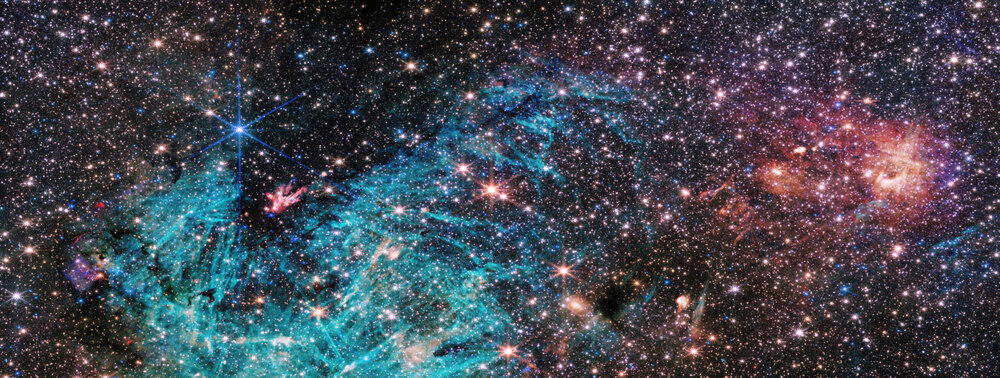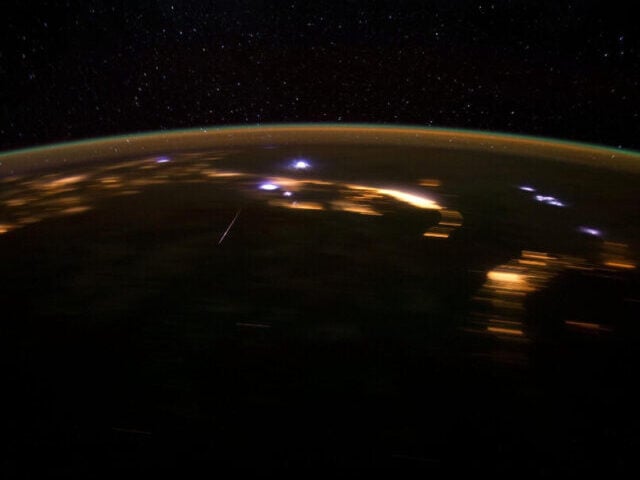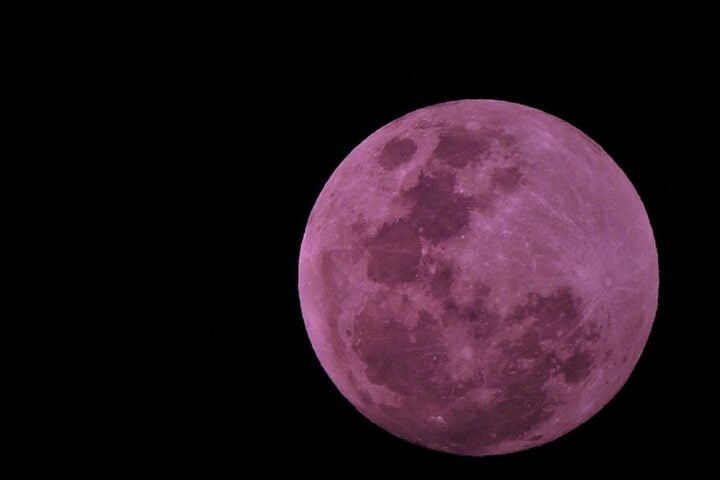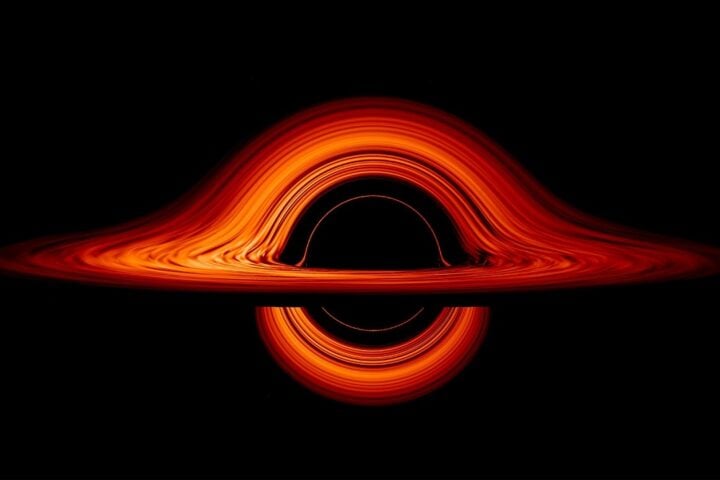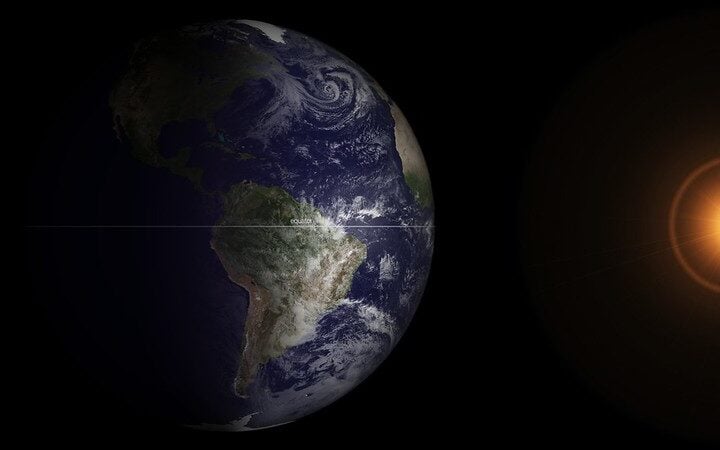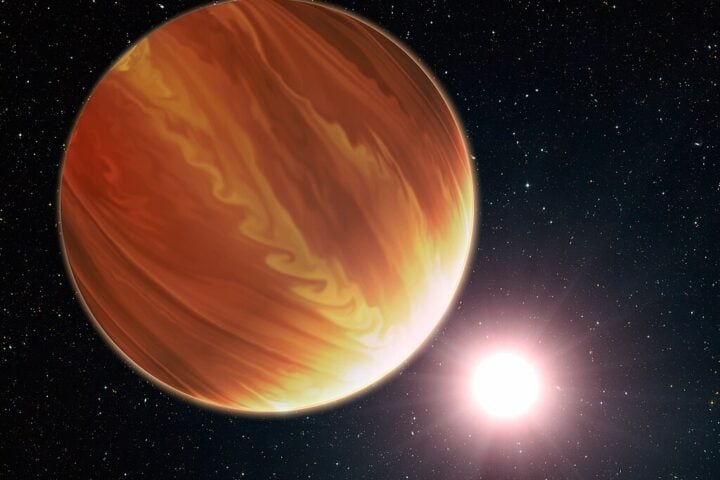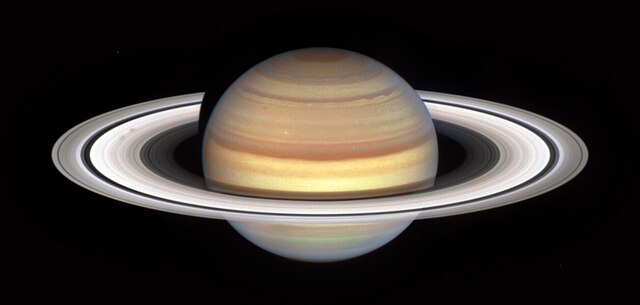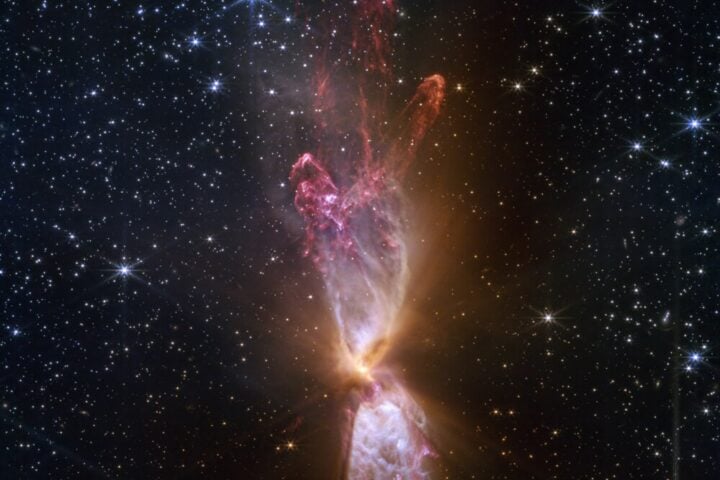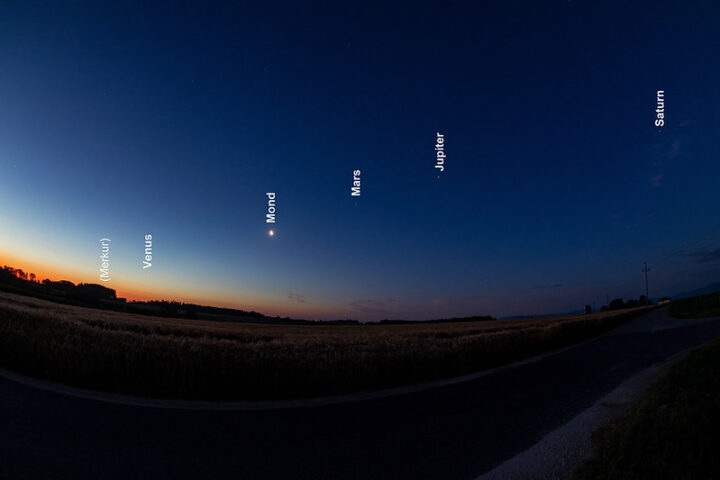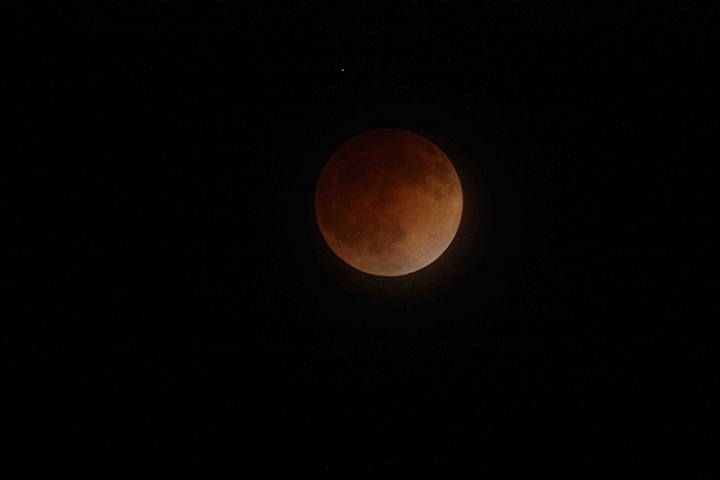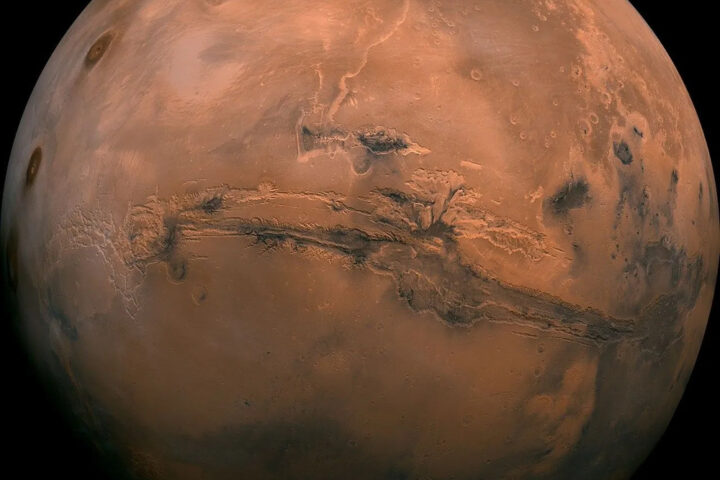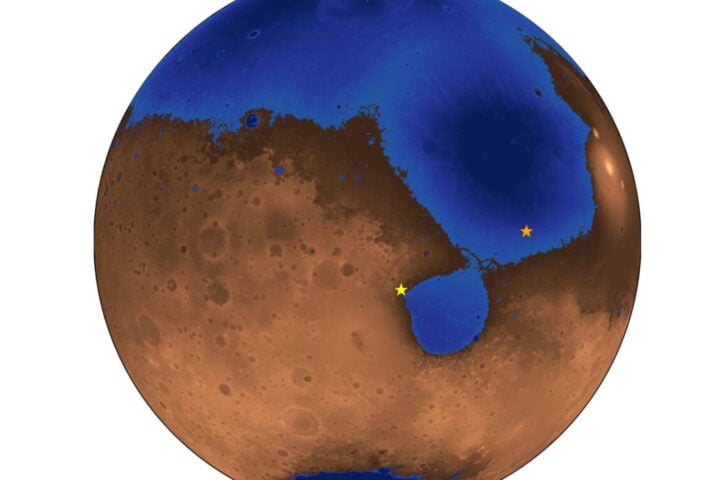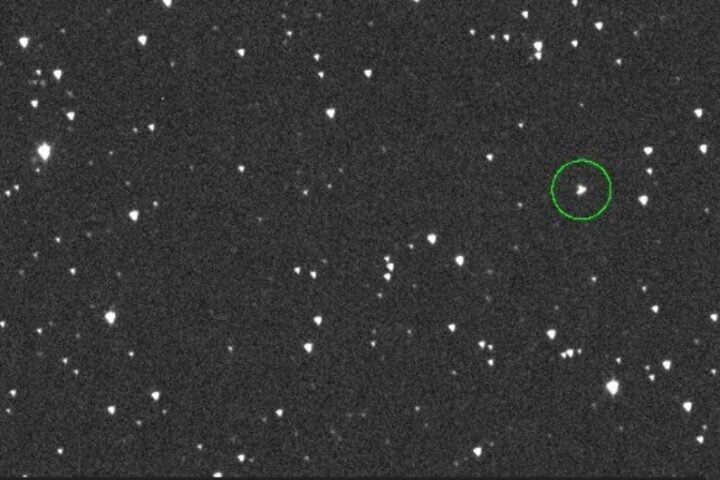NASA’s James Webb Space Telescope has captured a striking image of Sagittarius C (Sgr C), revealing the dense heart of the Milky Way with unparalleled clarity. This area, located approximately 300 light-years from the central supermassive black hole Sagittarius A*, showcases an estimated 500,000 stars and numerous unidentified features, highlighting needle-like structures in a vast region of ionized hydrogen.
The Near-Infrared Camera (NIRCam) on the James Webb Space Telescope has opened a new window into the Milky Way’s core. Among the myriad stars in the image lies a cluster of protostars, young stars in the process of forming and accumulating mass. These protostars, including a massive one over 30 times the size of our Sun, emerge from a densely packed cloud, making parts of the image appear less crowded. These areas are vital for understanding future star formation.
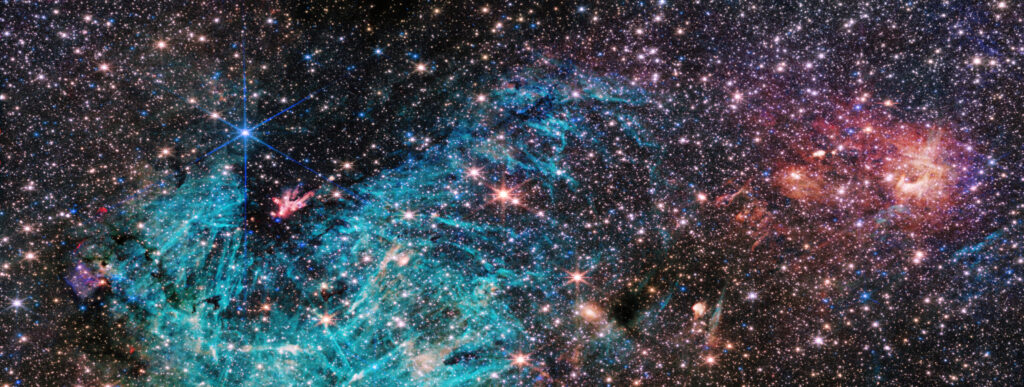
The galactic center, with its extreme conditions, offers a unique laboratory for testing star formation theories. The data from Webb provides an in-depth look into this tumultuous region, where turbulent, magnetized gas clouds form stars that dramatically affect their surroundings through winds, jets, and radiation. This information is crucial for understanding the broader mechanics of star formation in the galaxy.
Similar Posts
The Webb telescope’s detailed images of the galactic center, about 25,000 light-years from Earth, allow astronomers to explore individual stars. This proximity enables the study of how the star formation process varies across different cosmic environments. Understanding the formation of massive stars, which are key in producing heavy elements, is akin to unraveling the universe’s origin story.
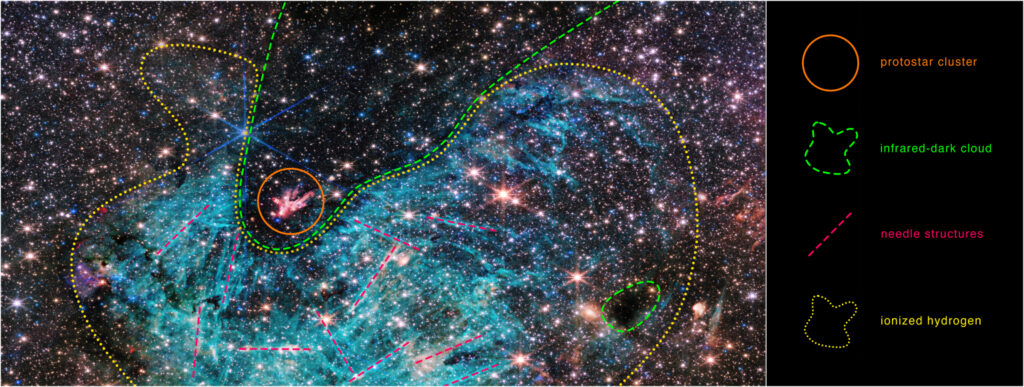
The James Webb Space Telescope, as the world’s leading space science observatory, continues to revolutionize our understanding of the universe. Its observations of Sagittarius C have shed light on the complex processes of star formation in our galaxy’s most extreme environments. These insights not only enhance our knowledge of the Milky Way but also contribute significantly to our comprehension of cosmic phenomena and the history of the universe.
